StepUp - A Fitness App
Gamified and rewarding user experience to walk extra steps every day. Solution tailored for Jefferson University's students.
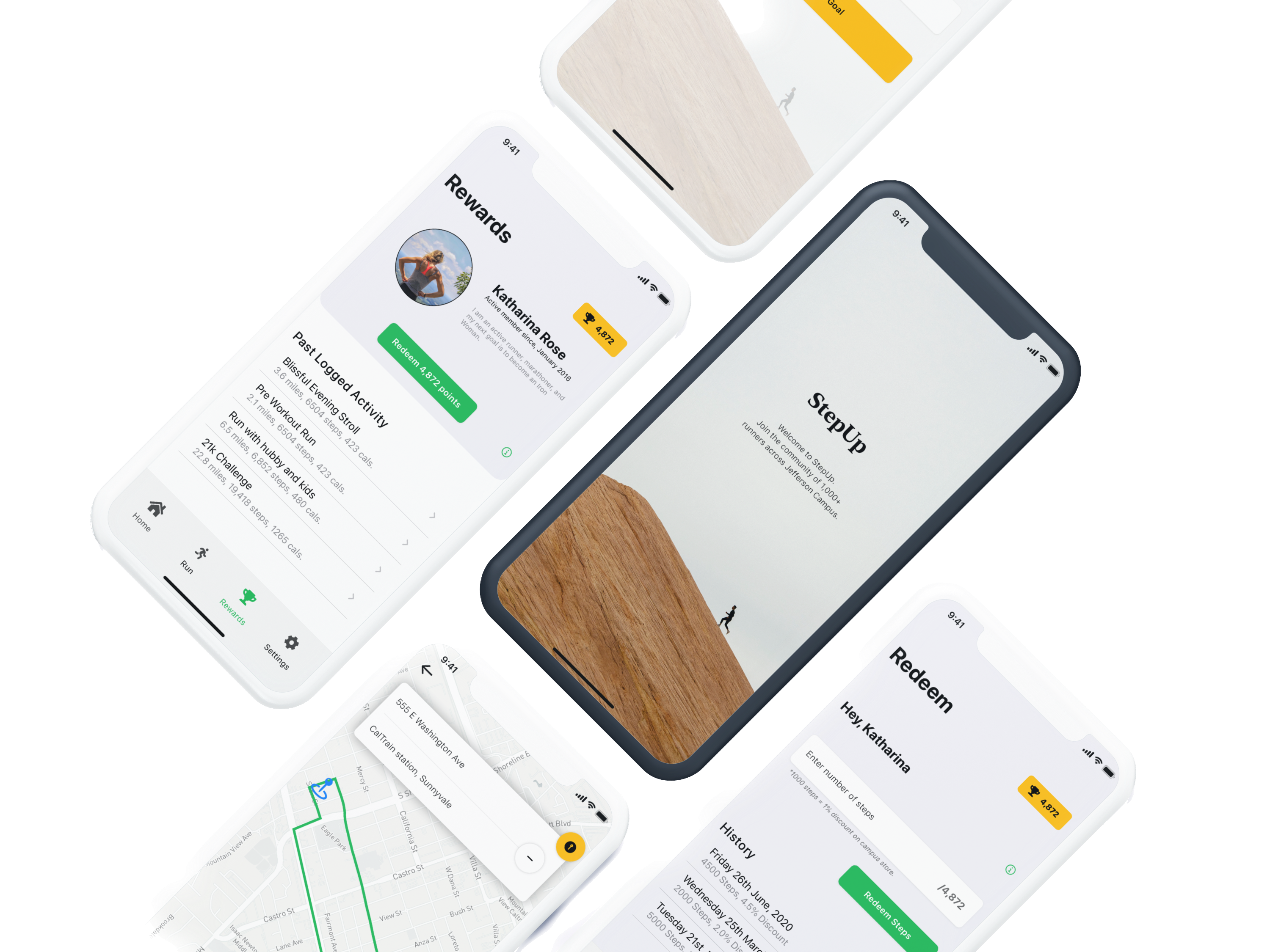
Approach
StepUp is a mobile applicationn, focused on Jefferson University students and staff to help them maintain a healthy lifestyle by taking extra steps in a day.
While designing this product, I used build - measure - learn's iterative cycle. The applicationn follows HOOKED framework, widely known for designing habit-forming products.
In the background I was reading a widely popular book 'Hooked - by Nir Eyal.'
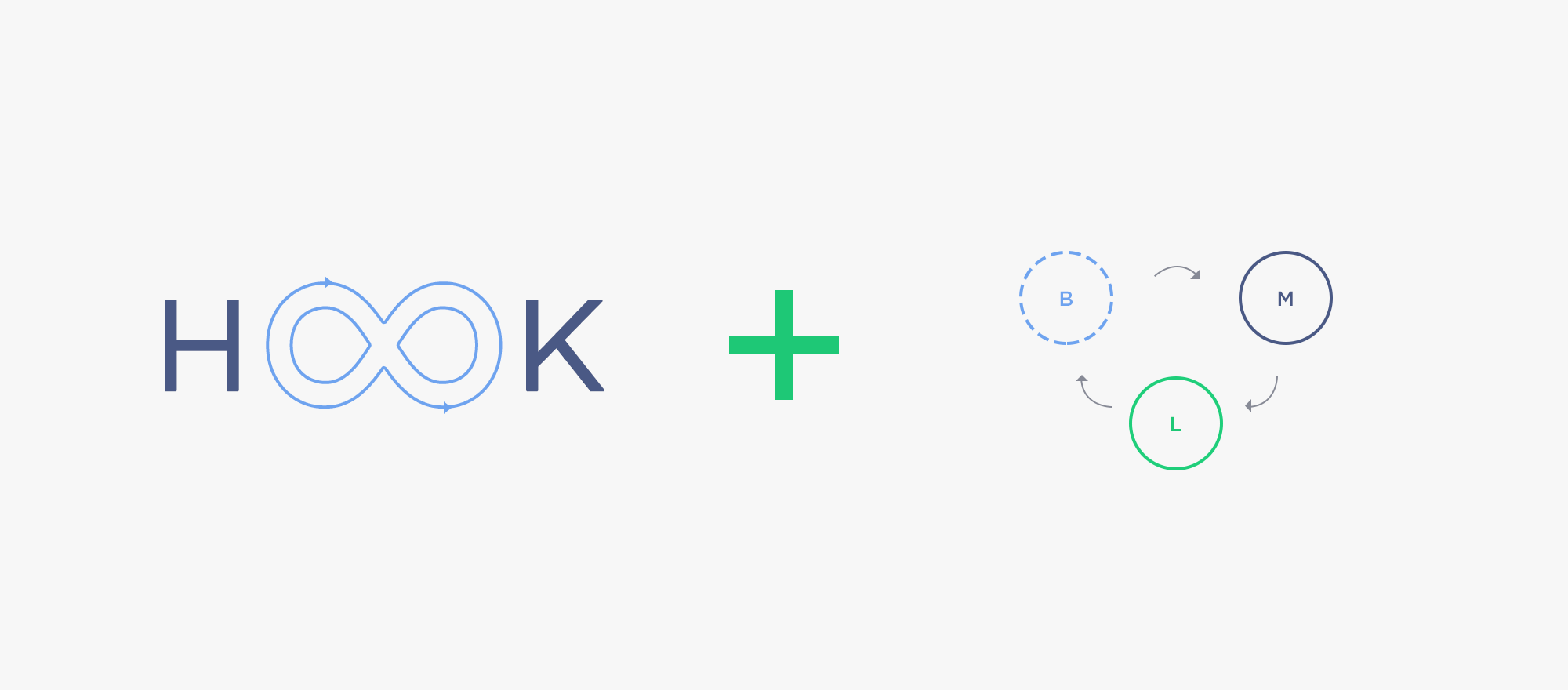
Contextual Enquiry
- 70% of the audience preferred walking over running.
- Students & Staff often use health apps to track their steps, being the most relevant factor.
- Average step count is - 6750, which is way below desired (12,000) step count.
- Very few people track their calorie intake.
Through the primary research I came to a conclusion that students and faculty is not aware of healthy habits. According to American Standards, a common man is supposed to take 12,000 steps per day to maintain healthy lifestyle.Hence, I decided to take steps towards designing an experience that'd help my audience take extra steps per day.
Storyboard
My goal was set. I was designing a mobile application experience that'd help students form a habit to successfully take extra steps per day.
The book inspired me to create a habit forming product by defining triggers and actions based on user's activity. Below is a story of a college student who joins the university and gets introduced to a new app StepUp.

Using different theories introduced in the book, I decided to create a real-time reward based on number of steps taken per day. Every step taken after 12,000 counts as a reward, which can be redeemed at the University's campus store and cafeteria.
MoSCoW Analysis
Next step in designing a product was to define a feature list and kick off unwanted features. Not everything can be achieved in one day.I used MoScoW principles, to prioratize feature list based on time as well as technical feasibilities
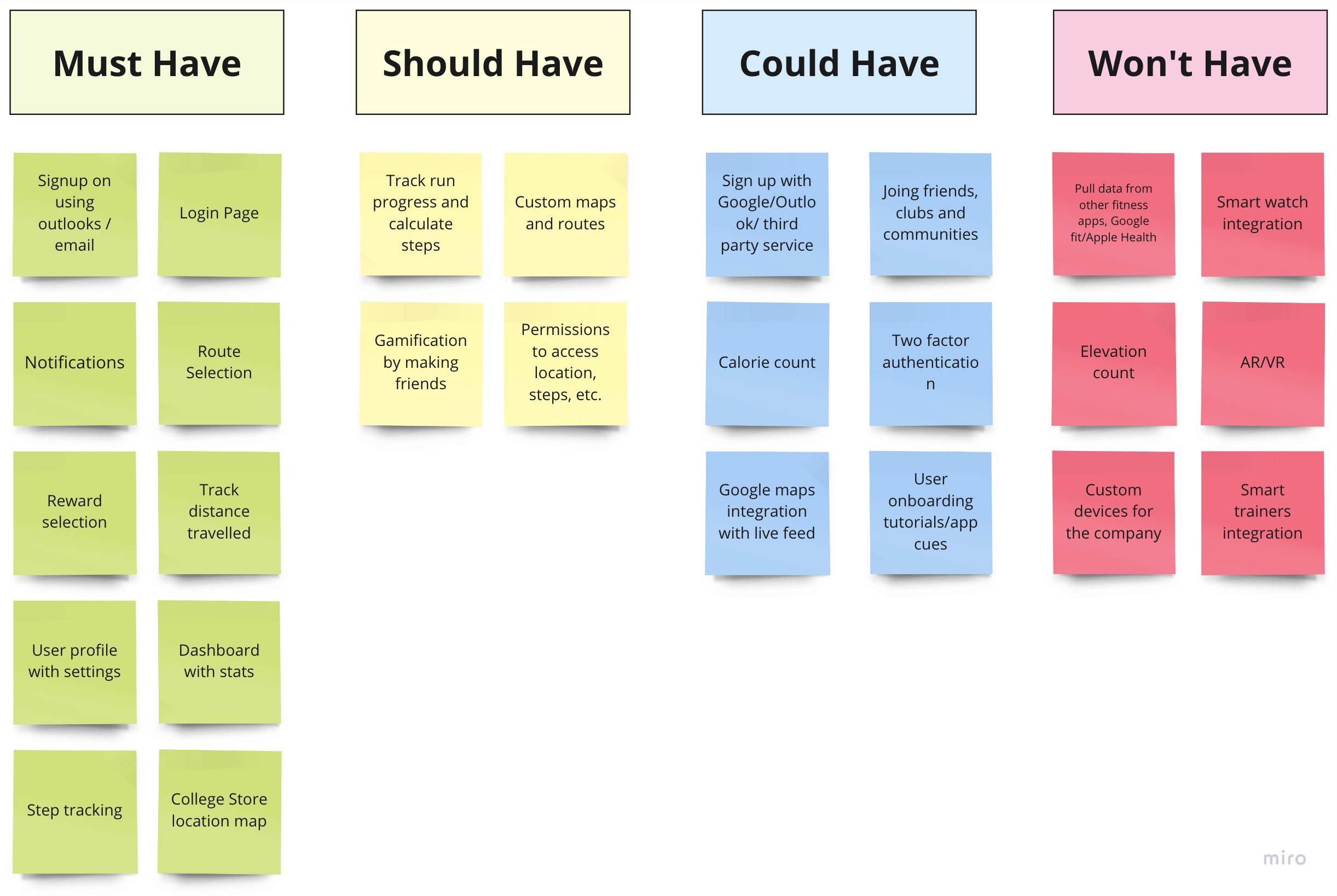
Siteflow
Designing the user experience of a website involves more than figuring out what goes on each page. It’s also about figuring out how those pages flow together. Creating a site flow helped me understand amount of interfaces my applicationn would have. It also helped me prioritize pages and content on the pages.
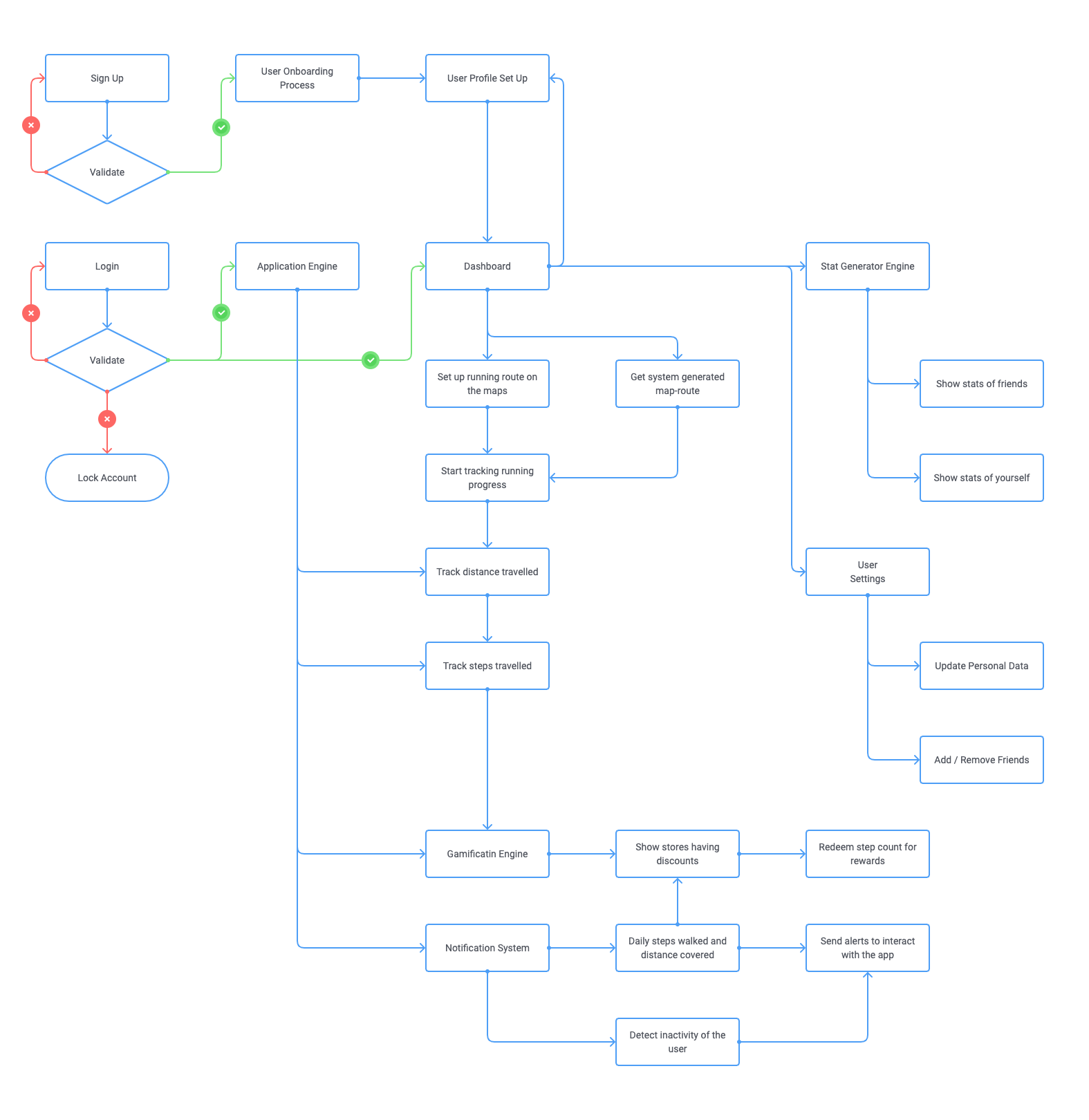
Riskiest Assumptions Metrics
Top 3 riskiest assumptions -
- Validate if the user will check in-app notifications every night?
- Validate if the the user will run on different routes suggested by the app engine?
- Validate if the on-campus stores and cafeteria will provide discounts for the purchased goods?
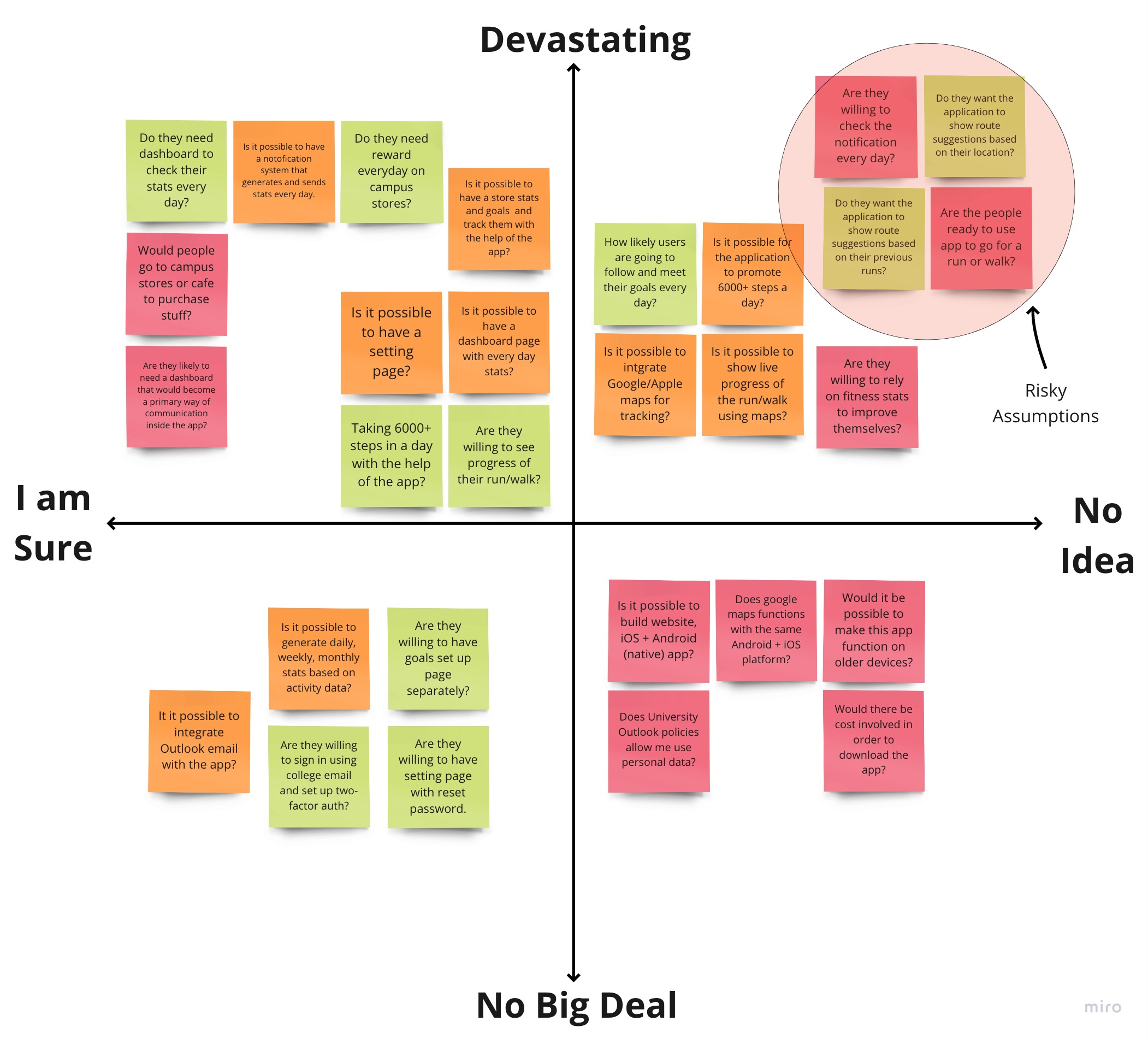
Pretotyping
Based on the the riskiest assumptions analysis, I decided to validate if the user is willing to run on different routes using a pretotype, using re-label method. I modified a Google Map, added couple of health stats, selected dummy routes, and asked audience if they would like to receive such stats from the Maps app they use.
This step especially helps when the product is in the early stagees. I could simply validate my assumption and change direction of the product.
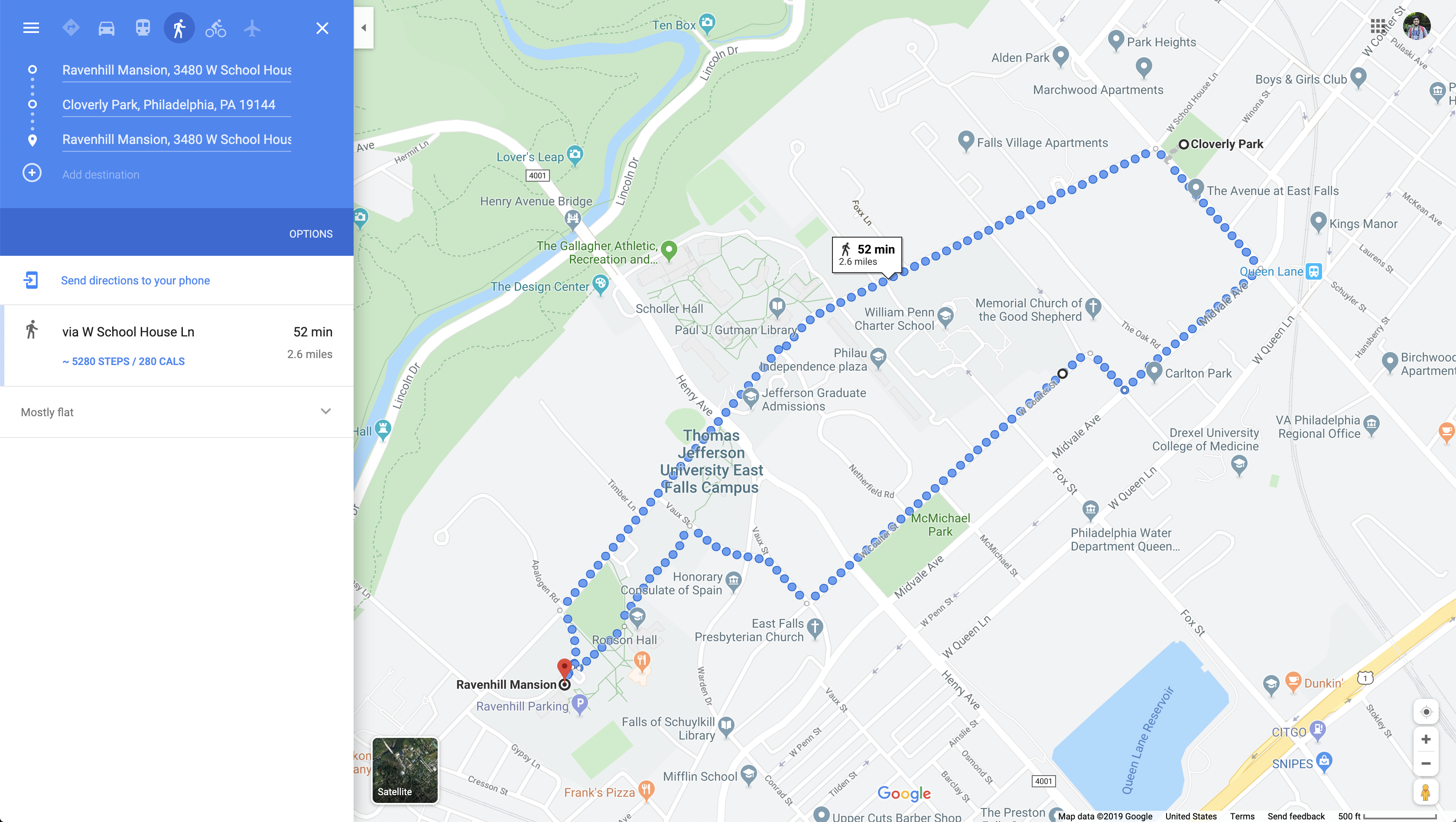
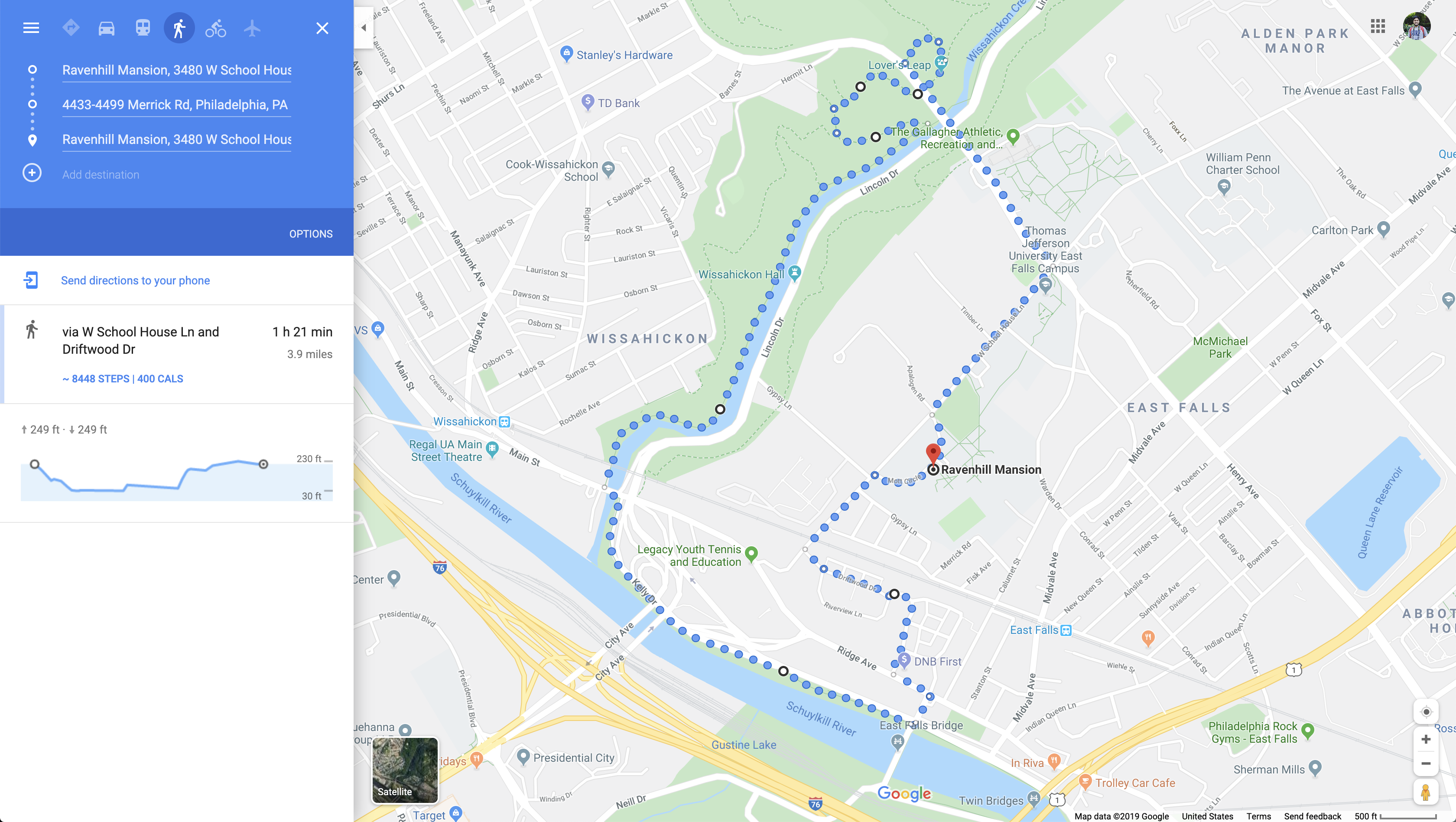

Result was out of 16 people, 15 people agreed and were happy to see such stats in the map. This method helped me validate to invest time in focusing on user's needs, priorities and decision making.
Wireframes
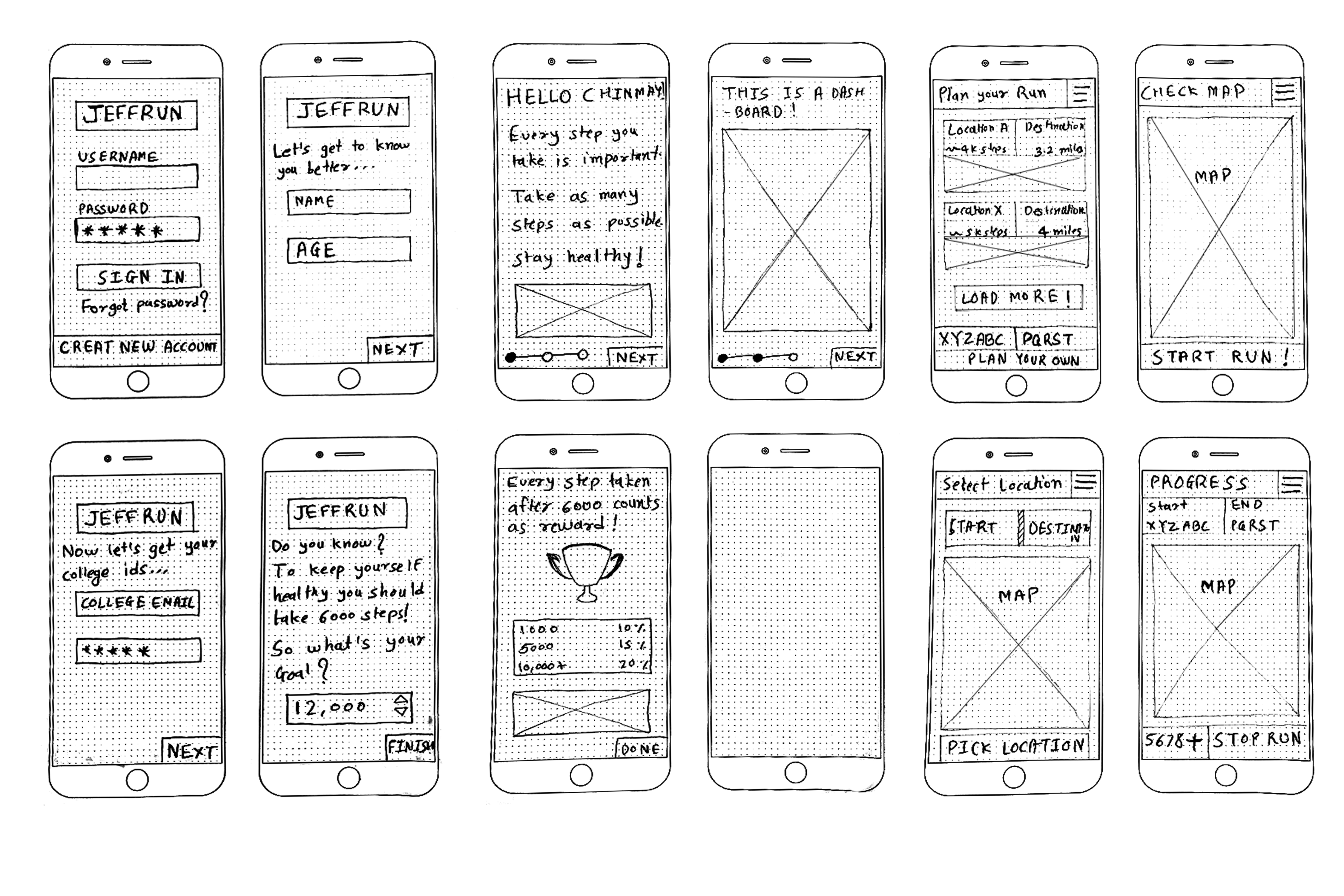
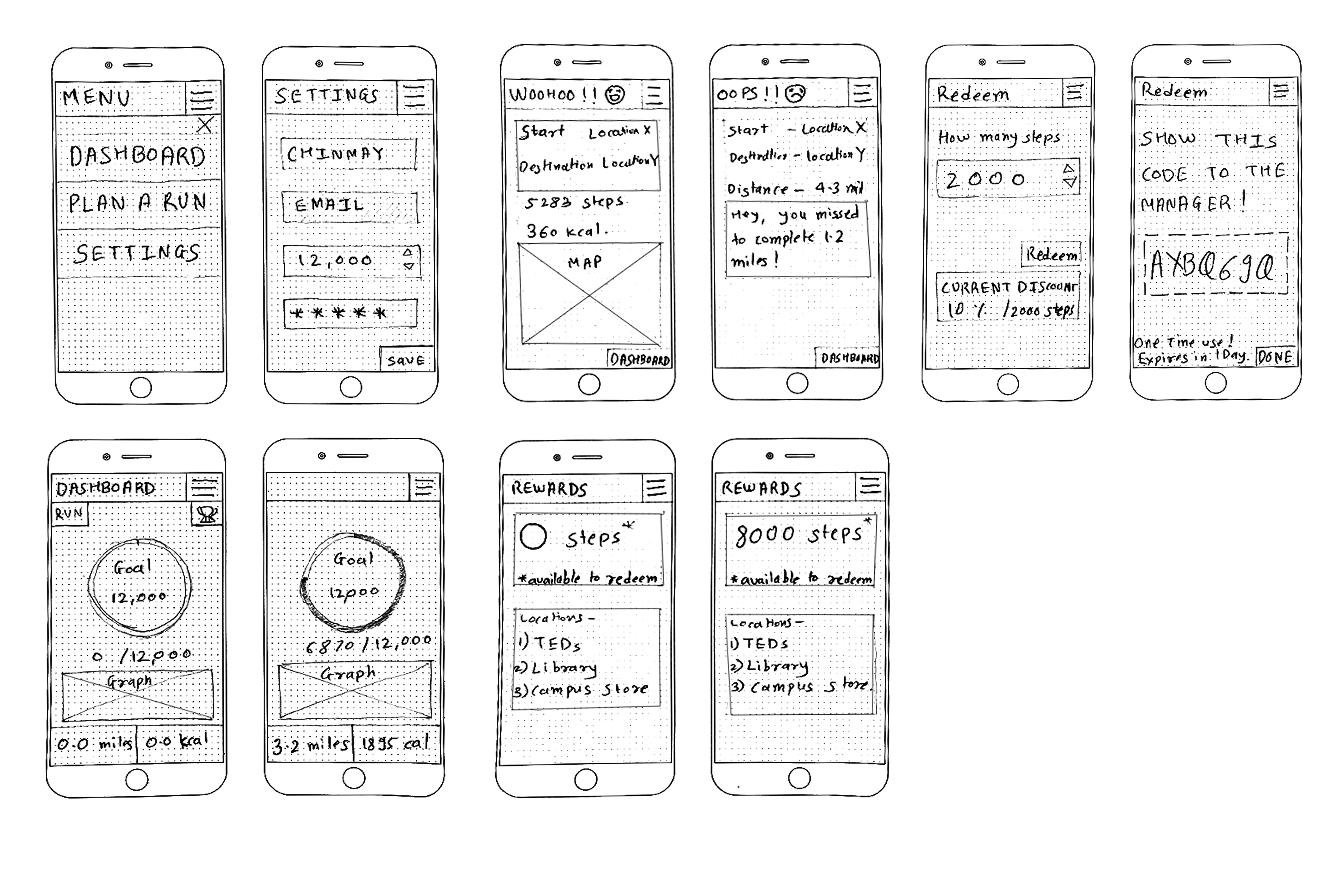
Introducing - Prototype on Sketch
Prototype available on Sketch -click here to view.
